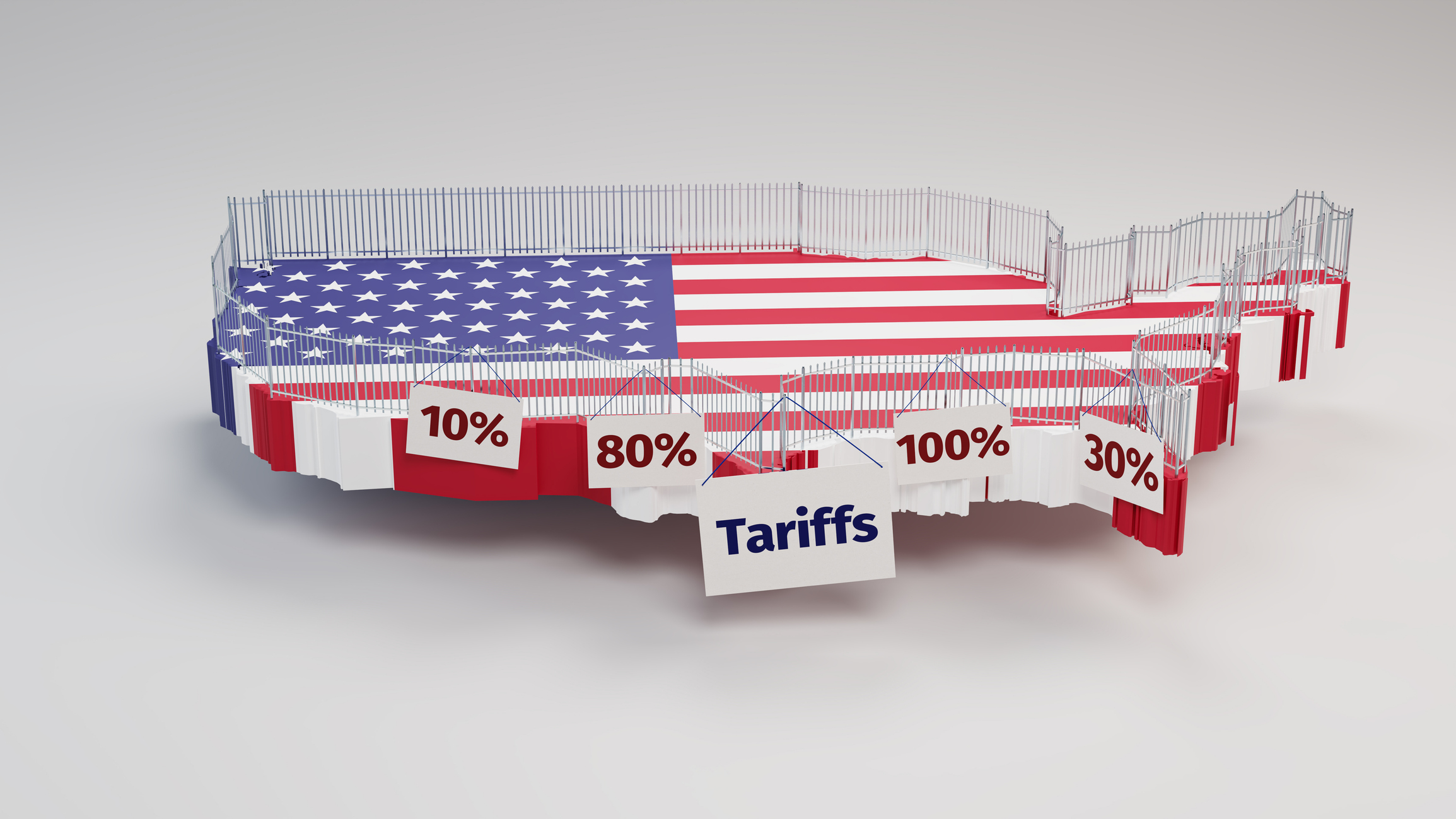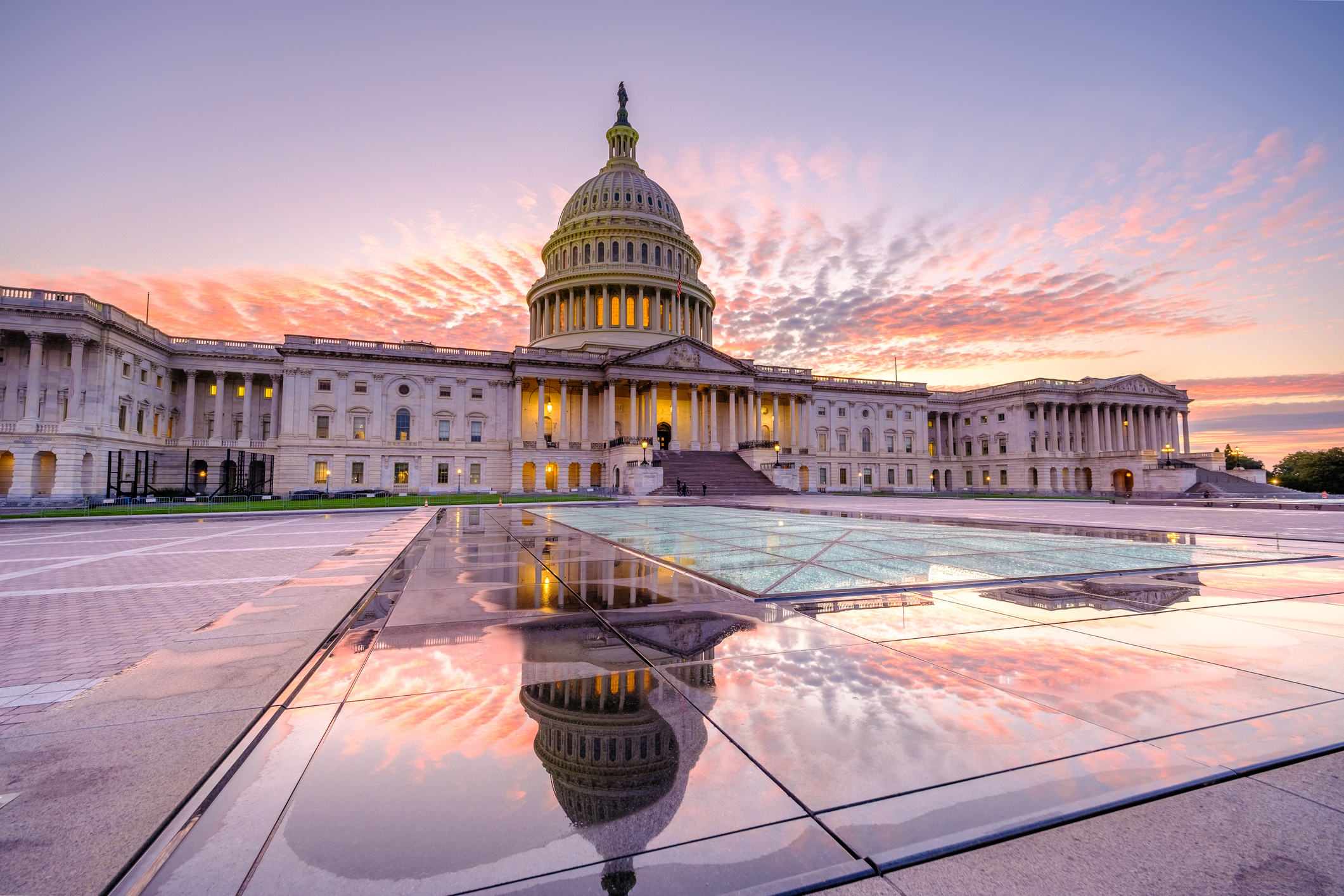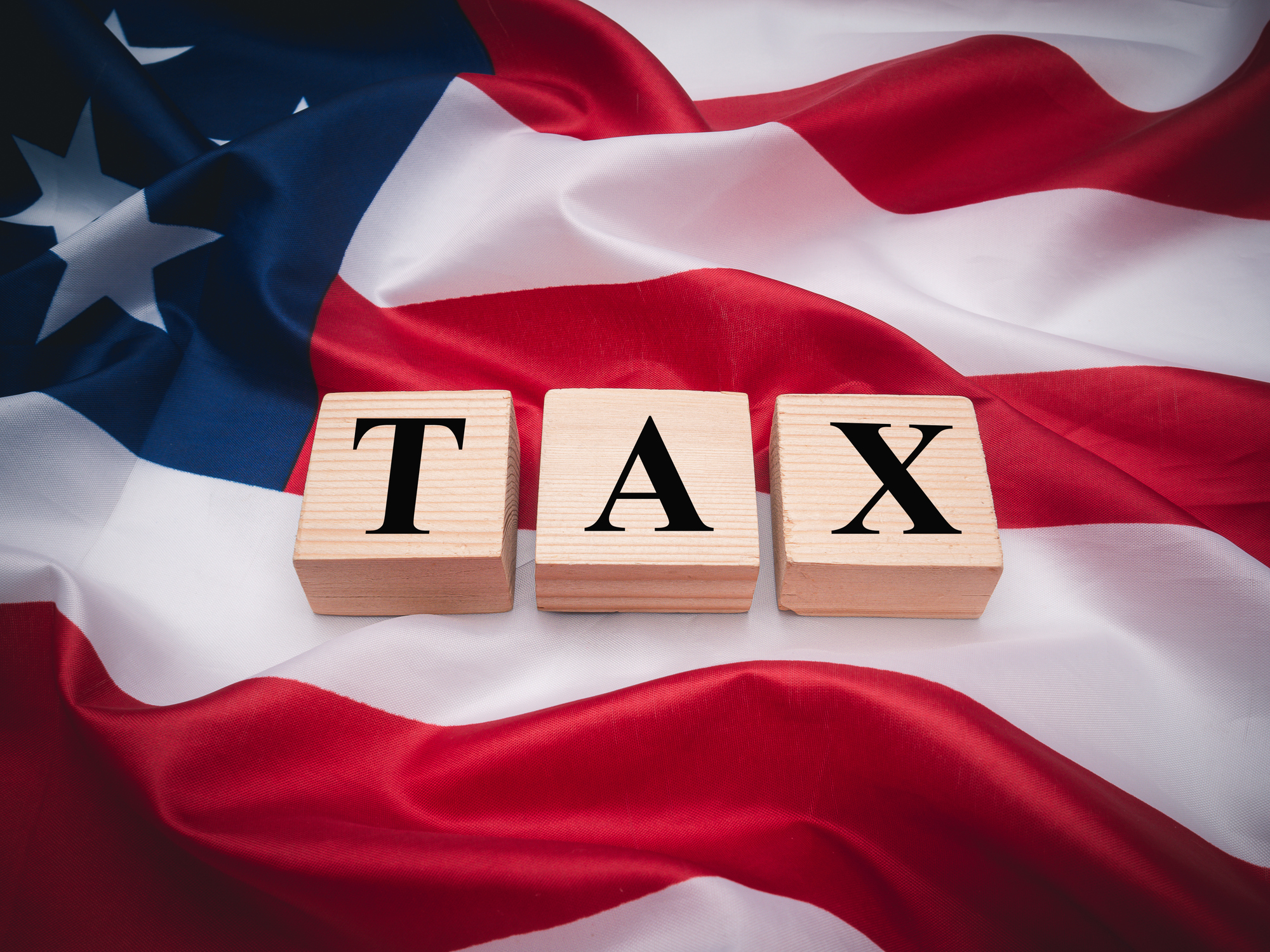Senate Races in Pennsylvania, Ohio Key to Control of Chamber
We take the pulse of two of the most critical midterm election races. The upshot: Nuance takes a back seat to party affiliation.


This midterm election, Senate Races in Pennsylvania, Ohio are taking center stage in the battle for control of the upper house. So Kiplinger recently spent a few days in each state to get a better understanding of what’s on voters’ minds, who they support, and why.
What we learned along the way is interesting, though perhaps not shocking: Republican voters, particularly those who strongly support former President Trump, are not as enthusiastic about the GOP candidates he’s endorsed as they are about Trump himself.

Sign up for Kiplinger’s Free E-Newsletters
Profit and prosper with the best of expert advice on investing, taxes, retirement, personal finance and more - straight to your e-mail.
Profit and prosper with the best of expert advice - straight to your e-mail.
Pennsylvania: Oz vs. Fetterman
In Pennsylvania, Republican voters are more eager to criticize Democratic candidate John Fetterman than to praise their party’s nominee, Mehmet Oz, who Trump endorsed. A likely contributing factor is that Fetterman, the state’s lieutenant governor, has been involved in Keystone State politics for years while Dr. Oz, a celebrity physician who has lived much of his life out of state, is running in his first campaign.
Overall enthusiasm for Oz among Republican voters isn’t at the level GOP operatives would like, especially given his celebrity status and Trump’s backing. To combat this, Oz and allied conservative groups have strongly attacked Fetterman for being soft on crime as lieutenant governor. And the move appears to have gained traction: Many voters we spoke with mentioned curtailing crime as a top concern, with Republicans universally saying that Fetterman’s liberal policies would hurt, not help, in that effort.
him a slight edge to win the race, but just barely.
Meanwhile, Fetterman enjoys mostly enthusiastic support among the Democratic base, who applaud his policies and like his unconventional persona, at least for a politician (he’s the tattooed 53-year-old with the shaved head, campaigning in a hoodie and jeans). Democrats, particularly in his hometown Pittsburgh area, are also quick to dismiss Republican accusations that his style is all for show, saying that “what you see is what you get” with Fetterman.
One wildcard in the Pennsylvania Senate race is Fetterman’s health. He suffered a stroke in May, which kept him on the sidelines for months. So far, most voters we spoke with from both parties didn’t list his stroke as a major concern. But that could change, particularly if Fetterman doesn’t appear at peak health during his debate with Oz in late October.
Oz in recent weeks has narrowed Fetterman’s lead in some polls, and his campaign seems to have new life after slumping into the general election with a primary-win margin of just 1,000 votes. He is working overtime to court black voters, though it remains to be seen if his efforts will pay off. Fetterman still holds a slim advantage in most polls, and we give
Ohio: Ryan vs. Vance
In Ohio, voters are still getting to know Republican candidate J.D. Vance, a political newcomer and venture capitalist who’s authored a best-selling memoir. Like with Oz, Republican voters back Vance unreservedly. Also like Oz, enthusiasm for Vance isn’t as strong as expected, particularly after he scored Trump’s coveted endorsement. Privately, GOP officials are concerned that Vance’s campaign has underwhelmed and underperformed. He’s also struggled with fundraising.
Buckeye State voters are more familiar with Democratic candidate Tim Ryan, who has served in the U.S. House for almost 20 years and briefly ran for president in 2020. Voters seem to either love or loathe him, depending on their party affiliation. But he’s run as good of a campaign as party officials could’ve hoped, and Democrats are more optimistic he can eke out a win than they were a few months ago.
Still, it’s Vance’s race to lose. The Buckeye State has become reliably Republican in recent elections, with Trump winning the state twice. And while enthusiasm for Vance isn’t overwhelming, the “R” next to his name carries significant weight in red-state Ohio. Big conservative donors also are helping shore up Vance’s campaign coffers. This race should be very close, closer than most election handicappers predicted earlier in the year. We rate the contest somewhere between a slight lean for Vance and a tossup.
A couple of observations we noticed while traversing Pennsylvania and Ohio: First, we saw far fewer candidate yard signs than in past elections. Midterms never reach the fever pitch of presidential elections, so we didn’t expect the level of signage that we saw when visiting both states in 2020. But with such high-profile Senate races on tap, we expected more this time than we actually saw. A few voters we spoke with mentioned that some folks are afraid to showcase their political leanings for fear of backlash from friends and neighbors. But the lack of yard signs may also highlight lackluster enthusiasm for the midterm election and the candidates running.
Second, undecided voters are increasingly difficult to find. With the polarization of American politics in recent years, straight-party voting has become the norm. But this often means that voters are less apt to research the candidates. While voters weren’t shy about telling us who they support, they routinely drew a blank when asked what policies and positions they like about an individual candidate. For most, it seems that a candidate’s party affiliation is the only information they need when casting their ballots.
Get Kiplinger Today newsletter — free
Profit and prosper with the best of Kiplinger's advice on investing, taxes, retirement, personal finance and much more. Delivered daily. Enter your email in the box and click Sign Me Up.

Sean Lengell covers Congress and government policy for The Kiplinger Letter. Before joining Kiplinger in January 2017 he served as a congressional reporter for eight years with the Washington Examiner and the Washington Times. He previously covered local news for the Tampa (Fla.) Tribune. A native of northern Illinois who spent much of his youth in St. Petersburg, Fla., he holds a bachelor's degree in English from Marquette University.
-
 6 Stunning Waterfront Homes for Sale Around the US
6 Stunning Waterfront Homes for Sale Around the USFrom private peninsulas to lakes, bayous and beyond, Kiplinger's "Listed" series brings you another selection of dream homes for sale on the waterfront.
By Charlotte Gorbold Published
-
 Six Reasons to Disinherit Someone and How to Do It
Six Reasons to Disinherit Someone and How to Do ItWhether you're navigating a second marriage, dealing with an estranged relative or leaving your assets to charity, there are reasons to disinherit someone. Here's how.
By Donna LeValley Published
-
 Trump's Sweeping New Tariffs Rattle Wall Street, Main Street
Trump's Sweeping New Tariffs Rattle Wall Street, Main StreetThe Kiplinger Letter Trump is promising that the short-term pain of steep new tariffs on imports will spark a manufacturing renaissance. But they pose major risks in the near term.
By Jim Patterson Published
-
 ‘Are You Better Off Than You Were 71 Days Ago?’ Cory Booker Historic Senate Speech Highlights Tax Debate
‘Are You Better Off Than You Were 71 Days Ago?’ Cory Booker Historic Senate Speech Highlights Tax DebateTax Policy A speech protesting Trump’s policies, including tax plans, breaks U.S. Senate records.
By Kelley R. Taylor Last updated
-
 Congressional Republicans Tackle Trump's Agenda
Congressional Republicans Tackle Trump's AgendaThe Kiplinger Letter Despite slim majorities in both chambers, the GOP is gearing up to overhaul taxes, border security and more.
By Sean Lengell Published
-
 What DOGE is Doing Now
What DOGE is Doing NowThe Kiplinger Letter As Musk's DOGE pursues its ambitious agenda, uncertainty and legal challenges are mounting — causing frustration for Trump.
By Matthew Housiaux Published
-
 Trump’s Latest Pitch: No Taxes If You Earn Less Than $150K?
Trump’s Latest Pitch: No Taxes If You Earn Less Than $150K?Taxes The Trump administration reportedly wants to eliminate taxes for certain earners.
By Gabriella Cruz-Martínez Last updated
-
 ‘Back to the Old Days’? What’s Wrong With Trump’s Plan to Abolish Income Tax
‘Back to the Old Days’? What’s Wrong With Trump’s Plan to Abolish Income TaxTax Policy The likelihood of Trump eliminating income tax and the IRS remains low, but the ongoing debate highlights the need for tax reform.
By Kelley R. Taylor Last updated
-
 Six Hurdles for Trump's Tax Bill
Six Hurdles for Trump's Tax BillThe Tax Letter While the odds for a new tax bill in 2025 are quite good, there are some sticking points that President Trump and Congress will have to work through.
By Joy Taylor Published
-
 What Could Derail the Economy This Year?
What Could Derail the Economy This Year?The Letter While the outlook for the U.S. economy is mostly favorable, there are plenty of risks that bear watching.
By David Payne Published